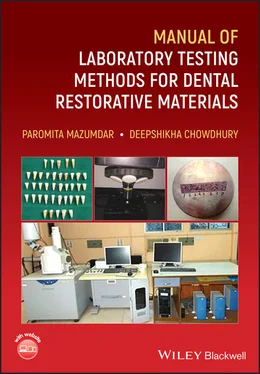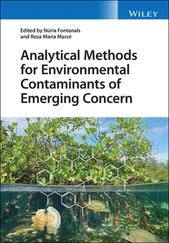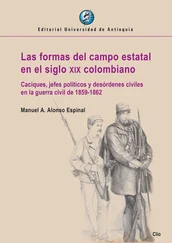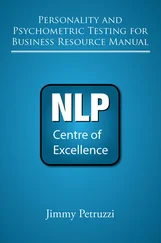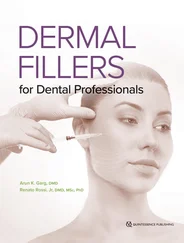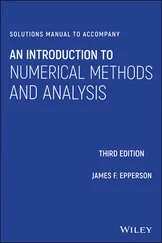About the Companion Website
The companion website for this book is at
www.wiley.com/go/mazumdar/dental‐restorative‐materials 
The website contains –
All figures from the book as downloadable PowerPoint slides
A video demonstrating a universal testing machine
Scan this QR code to visit the companion website.
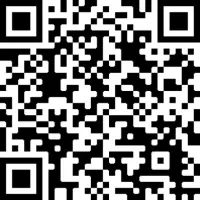
Dental materials are a wide variety of materials which have been used in preventive and restorative dentistry in order to preserve and enhance oral health. Different materials such as ivory, sea shells, ceramic, and metals have been used historically, and some of them are still in use. There is a constant search for a material that fulfills the requirements of an ideal restorative material.
The requirements for an ideal restorative material are as follows:
Biocompatibility
Ability to bond to tooth structure and other restorative materials
Ability to mimic the natural appearance of the tooth
Has properties similar to dental tissues
Ability to repair and regenerate damaged tissue
Studying the properties of these materials along with their interaction in the oral environment allows clinicians to predict the clinical performance in the oral cavity.
Several in vitro tests are proposed to evaluate different properties of dental materials, to study the tooth restoration or tooth substitute material and the intervention system. Each test has its design and evaluates specific properties. In order to seek for standardized testing protocols, an international organization was created to act in that direction. The main guidance for dental materials laboratory testing recommended by International Organization for Standardization (ISO) is tabulated as follows.
Table 1ISO specifications to guide dental tests.
| 1559:1995 |
Dental materials – alloys for dental amalgam |
| 1564:1995 |
Dental aqueous impression materials based on agar |
| 1942‐2:1989 |
Dental vocabulary – part 2: dental materials |
| 6876:2001 |
Dental root canal sealing materials |
| 7405:1997 |
Dentistry – preclinical evaluation of biocompatibility of medical devices used in dentistry test methods for dental materials |
| 7491:2000 |
Dental materials – determination of colour stability |
| 9333:1990 |
Dentistry – brazing materials |
| 10271:2001 |
Dental metallic materials – corrosion test methods |
| 11245:1999 |
Dental restorations – phosphate‐bonded refractory die materials |
| TS 11405:2003 |
Dental materials – testing of adhesion to tooth structure |
| TS 14569‐1:1999 |
Dental materials – guidance on testing of wear – Part 1: wear by toothbrushing |
The following chapters present the different techniques of testing the dental restorative materials which have been categorized based on the different properties.
1 Assessment of Mechanical Properties of Dental Restorative Materials
KEY CONCEPTS
Knowledge of properties of dental restorative materials.
Ability to differentiate between each type of mechanical properties.
Understanding of the type of sample preparation required for the different testing modalities.
Working principle of the equipment used.
Different applications of the universal testing machine.
In the oral environment, restorations are subjected to stresses from mastication. These forces act on teeth and/ or material producing different reactions that lead to deformation, which can ultimately compromise their durability over time [1–5].When a specific force or load is applied to a body, a reaction of the same intensity and with opposite direction is produced which causes an internal tension. Hence, it is possible to quantify the reaction that resulted by the applied external load. Since shape and dimensions of specimens under test can be measured, one can calculate stress by the reason between force and unit area.
Depending on the applied load characteristics and consequent stress, different reactions from the tested material may occur. The stress can result in structural alteration of original dimensions. The rate between this alteration by the original dimension results in deformation, that is defined as strain. The stress–strain ratio of a material is relevant to determine its mechanical behavior. For each material, there is a stress–strain proportional relationship, establishing a stress–strain curve. If there is a stress relief during loading and no permanent deformation occurs, it demonstrated its elasticity. This proportion occurs until a limit point that is defined as proportional limit and deformation as elastic deformation. In this point, the maximum stress of a material will withstand without permanent deformation. As stress–strain is proportional until this point, there is a constant proportionality. It determines the elasticity of a material and is calculated by the ratio of stress–strain curve within the elastic limit. This proportionality is defined as modulus of elasticity or Young's modulus. This value will measure the stiffness of such material. However, when the applied load exceeds this point, irreversible deformation occurs, resulting in permanent or plastic deformation. Each material presents a resistance to deformation, and after this point, it will result in its rupture. In this point ultimate strength value is obtained. Toughness is the resistance of a material to fracture and corresponds to the amount of energy required to cause it [6]. All these concepts can be applied in clinical situations as many complex forces occur in the oral cavity and tend to deform the material (tensile, compressive, shear, bending forces), the knowledge and interpretation of how these materials behave under such forces are important to understand the performance of the material. Thus the various mechanical parameters that are evaluated for the suitability of a product for any application in the field of conservative dentistry are as follows:
The Universal Testing Machine is named so as it is capable of testing compression, tension, bending and flexion.
It works by measuring the stress–strain relationship of each material.
Tensile strength, diametral compression test, compressive strength, flexural strength, resistance to fatigue, hardness, elastic modulus, fracture toughness and bond strength.
Different equipment are used for testing different mechanical properties. Each of these tests may be conducted using either tooth or materials or both (in case of bonded structures). All these tests require variations in the assembly. Most of the tests except hardness require the use of Universal Testing Machine (UTM) where the sample preparations differ for each test. For instance, if tensile testing is done on a sample, the shape of the sample is dumb bell shaped; it is designed so that the specimen can be gripped at each end and stretched. For compressive strength testing, cylindrical‐shaped specimens are tested. Bar‐shaped specimens are used for flexural strength testing (as shown in Figures 1.1and 1.2).
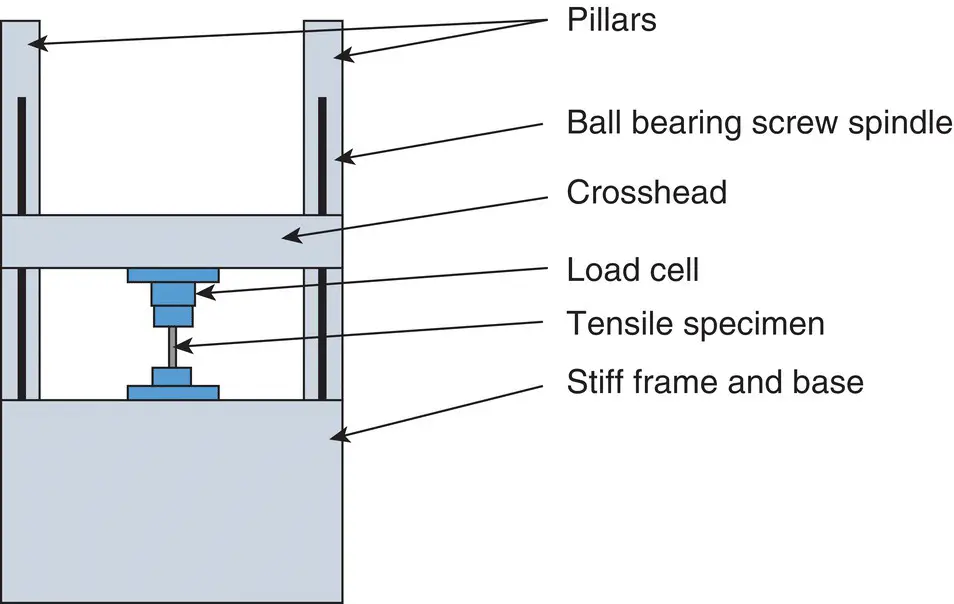
Figure 1.1 Universal testing machine.
Читать дальше
